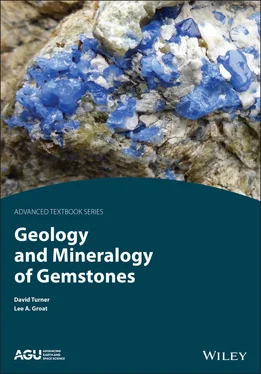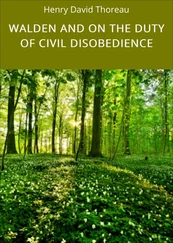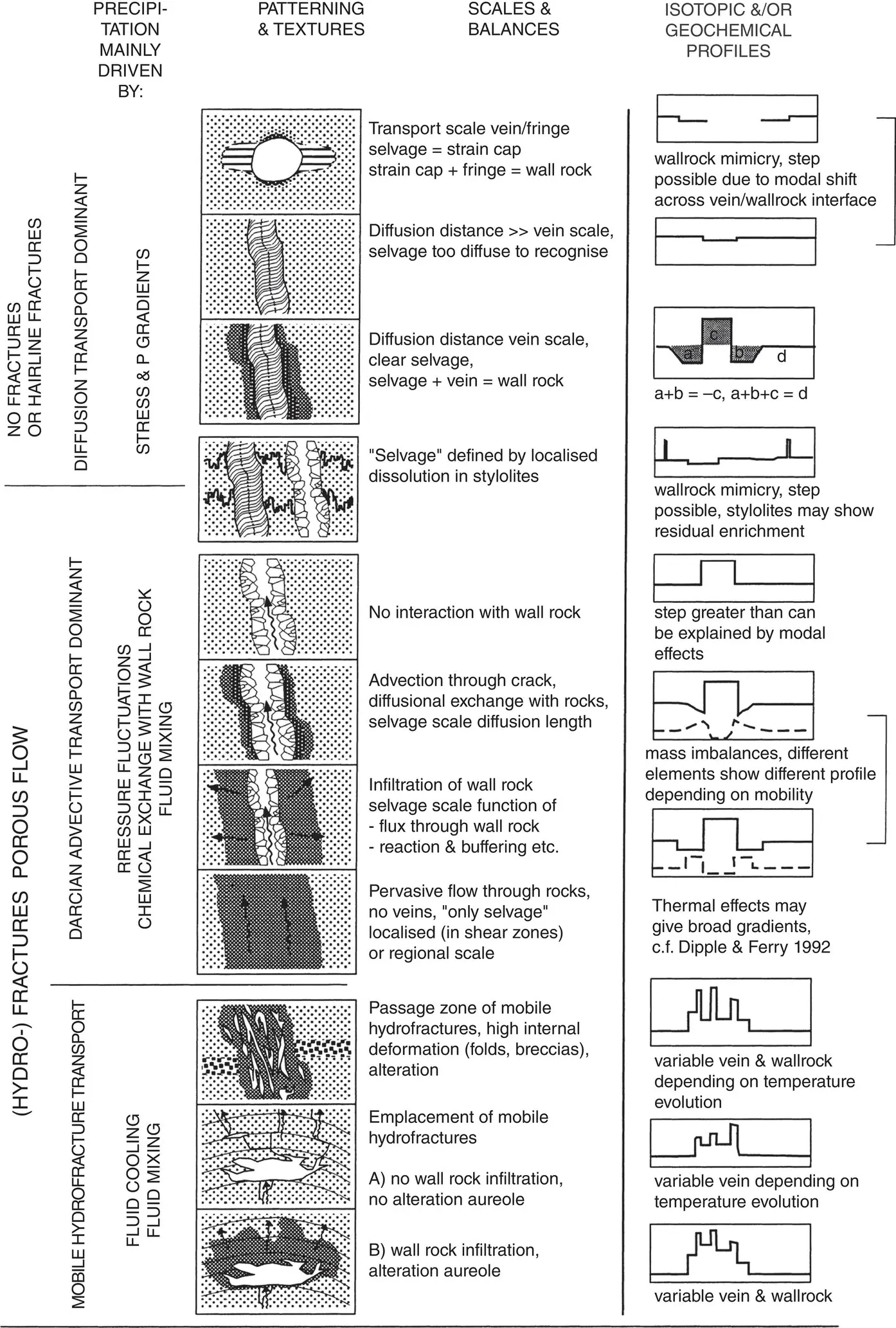
Figure 2.13 Idealized schematics of fluid flow through the Earth’s crust with divisions based on diffuse permeation of fluids without fractures and fluid flow focused through fractures. Common quartz veins are generally characterized by some diffusional exchange with the wall rocks. Oliver & Bons (2001) / with permission of John Wiley & Sons.
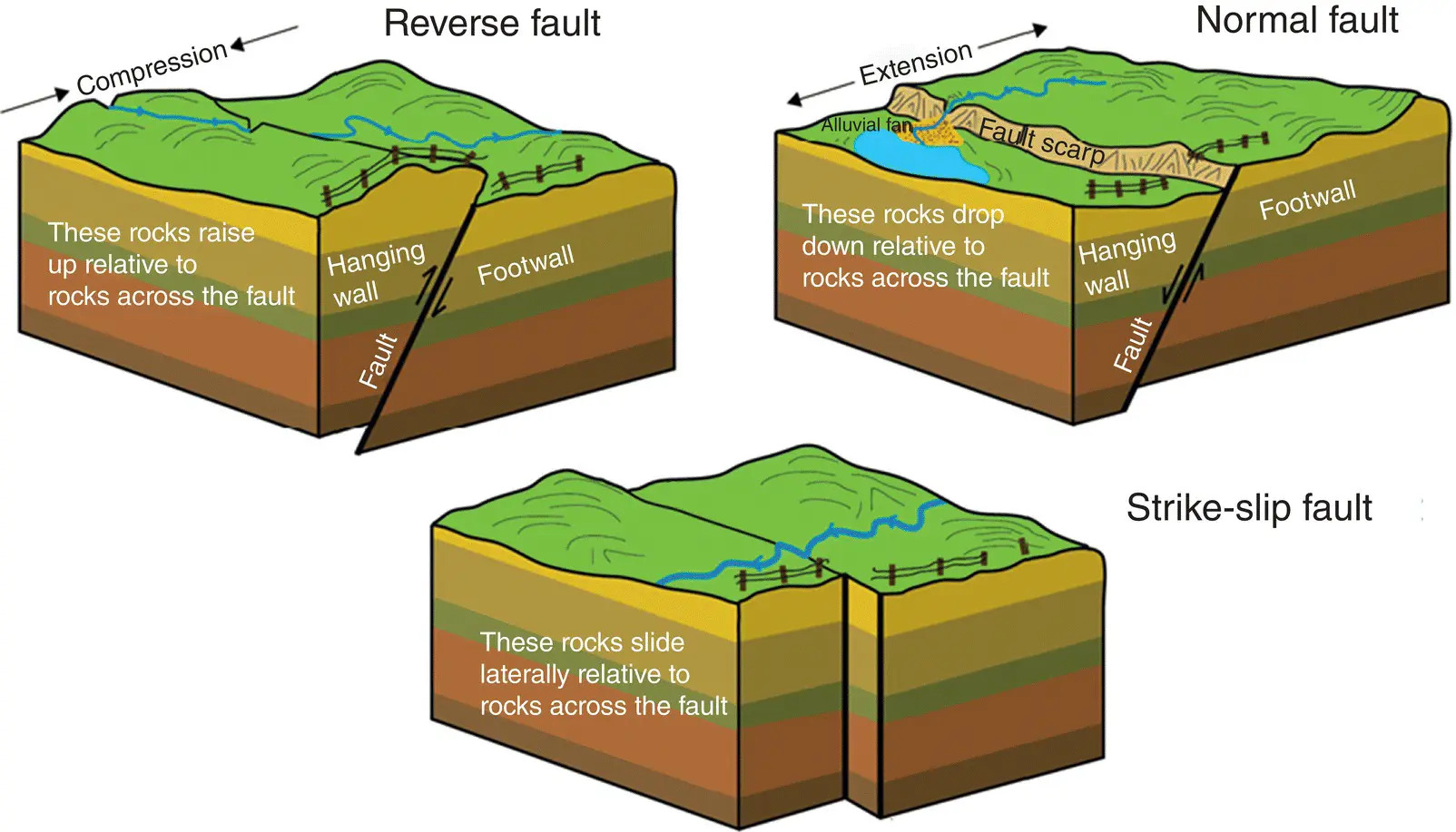
Figure 2.14 Schematics of three fault types: reverse, normal, and strike‐slip. Reverse faults arise through compressional tectonics while normal faults arise from extensional tectonics and strike‐slip faults from transverse tectonic activity. https://www.nps.gov/subjects/geology/geologic‐illustrations.htm / Public domain.

Figure 2.15 Schematics of three folding patterns of layered rocks. Here, the folds comprise an axial plane that separates one limb from another for the anticline structures of varying dips, or tilts. The syncline structures will also have axial planes but were left out for clarity in this diagram. Earle (2015) / CC BY 4.0.
2.7 Weathering, Sedimentation, and Secondary Gem Deposits
Weathering and sedimentation are processes that give rise to the physical particles of clastic sedimentary rocks. Present‐day deposits of these unconsolidated materials are important sources of gemstones. Because most gemstones are durable, have high hardness, and are often above average density, they will tend to concentrate in riverbeds or other depositional settings if source rocks are present in the upstream watersheds. Three important types of secondary deposits include colluvial, alluvial, and eluvial.
Colluvial deposits normally exist as a fan of crystals or rocks migrating down a hillside, away from the primary source hosted in the bedrock. These types of deposits do not tend to concentrate residual and resistant minerals in great amounts. However, they do allow geologists and prospectors to track gems back to their original source.
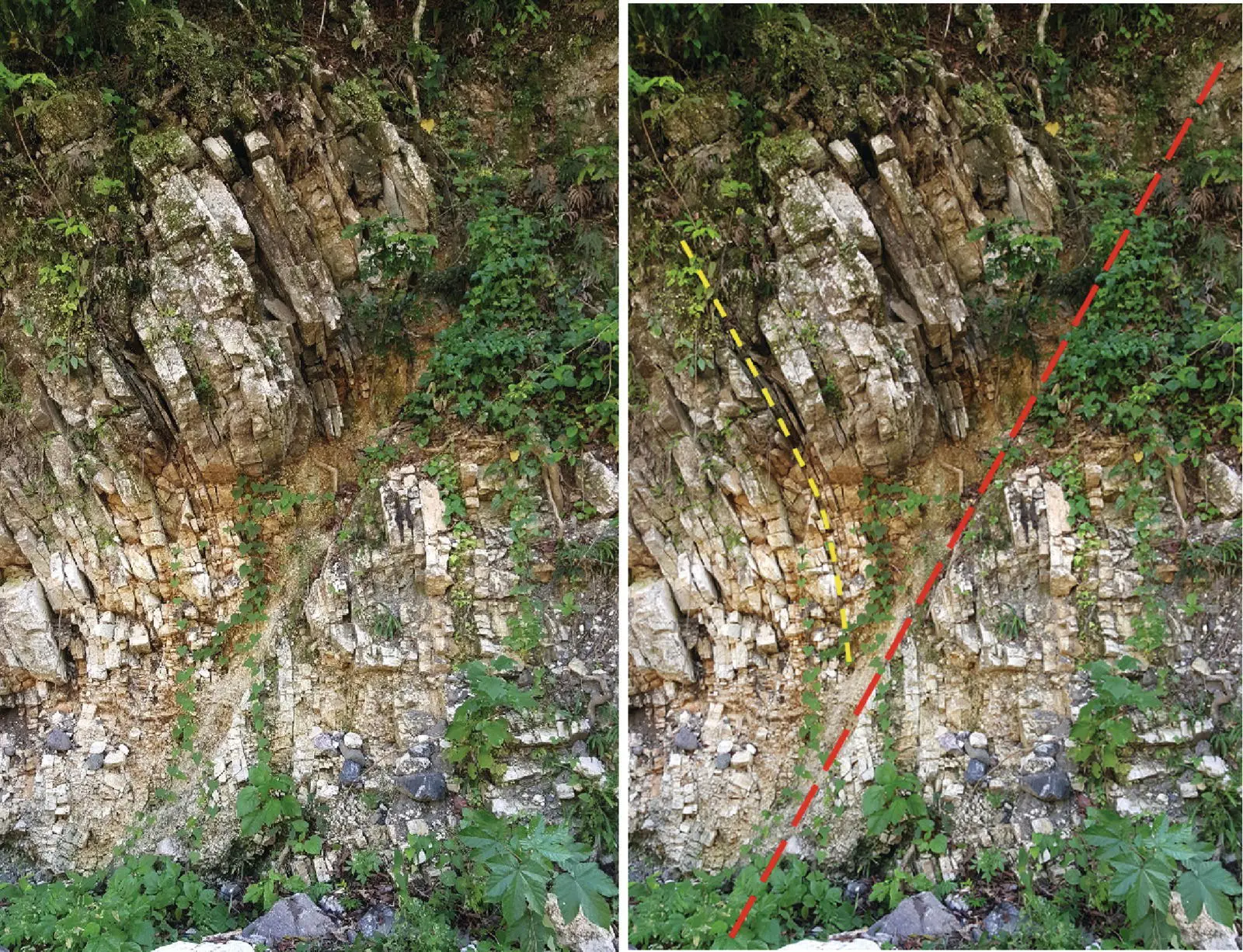
Figure 2.16 Faulting (red dashed line) and folding (yellow dashed line) in limestone along a creek bed in the Dominican Republic. Note how there is more pronounced weathering along the fault contact, which comprises ground up rock. Outcrop is ~5 m across.
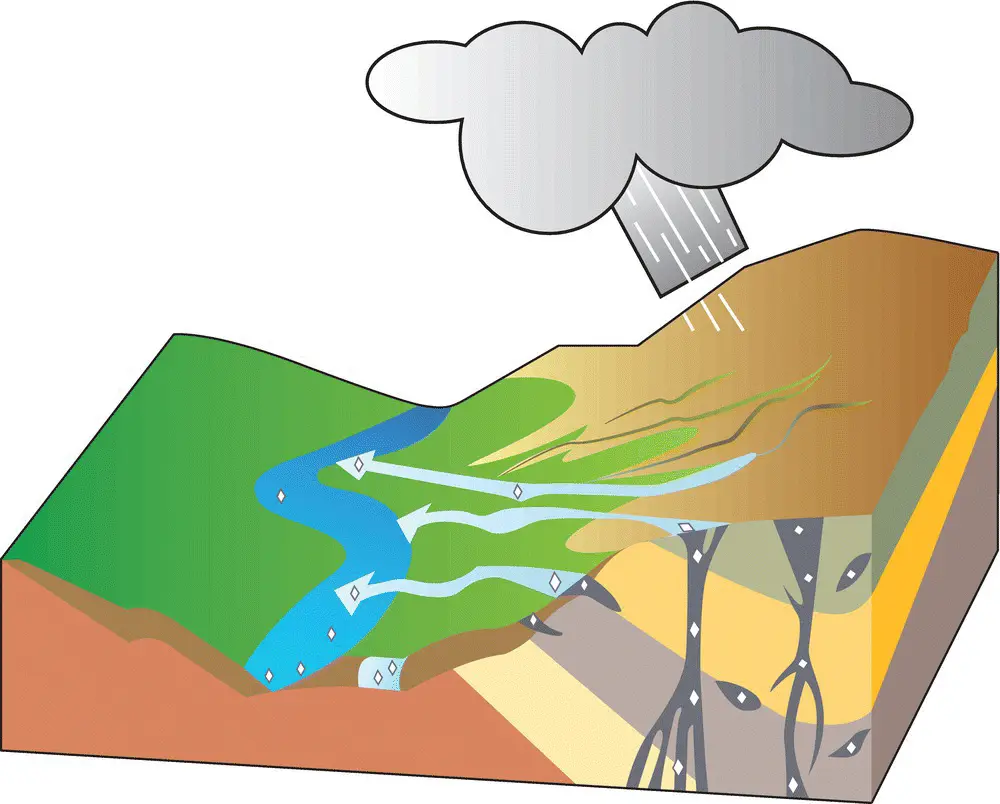
Figure 2.17 Schematic diagram of diamonds hosted in kimberlite pipes that are then eroded to form alluvial deposits. Image from The American Museum of Natural History.
Alluvial deposits are classic secondary deposits ( Figure 2.17). They are formed from flowing water, normally in rivers but also in creeks and streams. In these environments, the flowing water will preferentially move lower density material (like quartz and feldspars) rather than higher density material (like corundum and gold). The end result is that the densest material gets “left behind” and is concentrated in bends or hollow depressions in the beds of rivers. These are also called placer deposits and are historically famous for their effective concentration of gold nuggets and diamonds. Given enough time, dense minerals can also reach the ocean and form marine alluvial deposits (e.g., the Namibian marine diamond deposits). The gem placers (alluvial deposits) of Sri Lanka are notable for their significant secondary deposits of gemstones.
Rocks can also effectively be dissolved and removed over long periods of time without significant erosion from running water. Minerals that are most susceptible to weathering will be dissolved and carried away first, while those that are resistant will be left over in the residual material. These “leftovers” are often called residual or resistant minerals and are concentrated where the original rock source was located. Thus, these so‐called eluvial deposits are best formed in tropical environments where weathering rates are high (e.g., Brazil). Because these deposits have been transported the least distance from their original source, excavation is usually uncomplicated. However, targeting these locations requires knowledge of the underlying geology or luck.
1 Earle, S. (2015). Physical Geology. Victoria, B.C.: BCcampus. Retrieved from https://opentextbc.ca/geology/
2 Oliver, N. H. S., & Bons, P. D. (2001). Mechanisms of fluid flow and fluid–rock interaction in fossil metamorphic hydrothermal systems inferred from vein–wallrock patterns, geometry and microstructure. Geofluids, 1(2), 137–162.
3 Wegener, A. (1912). Die entstehung der kontinente. Geologische Rundschau, 3(4), 276–292.
Конец ознакомительного фрагмента.
Текст предоставлен ООО «ЛитРес».
Прочитайте эту книгу целиком, купив полную легальную версию на ЛитРес.
Безопасно оплатить книгу можно банковской картой Visa, MasterCard, Maestro, со счета мобильного телефона, с платежного терминала, в салоне МТС или Связной, через PayPal, WebMoney, Яндекс.Деньги, QIWI Кошелек, бонусными картами или другим удобным Вам способом.
